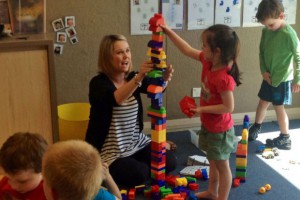Having lived in both countries, the type and spread of jobs and careers in Australia and Japan doesn’t seem so different to me. Perhaps the most notable variation is that there are more jobs involved with manufacturing and heavy industry in Japan, and more jobs involved with agriculture and natural resources in Australia.
According to the most recent government data, the most common careers in Australia fall into the following three categories: Professionals (22.2%), Clerical and Administrative Workers (13.6%) Technicians and Trades Workers (13.5%).
‘Professionals’ includes qualified workers in areas areas such as arts, science, business and engineering. The percentage of the Australian workforce employed as professionals is increasing (up by 10.5% between 2012 and 2017).
‘Clerical and Administrative Workers’ are roughly what most people think of as office workers. While a lot of the Australian workforce is employed in clerical and administrative work, the total number is slowly decreasing (down by 2.3% between 2012 and 2017).
‘Technicians and Trades Workers’ includes occupations like carpenter, auto mechanic and plumber. The percentage of the Australian workforce employed as technicians and trades workers is slowly increasing (up by 1.6% between 2012 and 2017). Interestingly, the highest paid job in this category is electrician, and tradespeople are 99% male.
In terms of educational background, the most common occupations for people with a bachelor degree or above are registered nurses and primary and secondary school teachers. Men with a bachelor degree or above were more likely to be accountants or software applications programmers, whereas women were more likely to be registered nurses or primary school teachers.
For those with other non-school qualifications, the most common occupations were sales assistants, electricians and child carers. Men with other qualifications were more likely to be electricians or carpenters and joiners, whereas women were more likely to be child carers or sales assistants.
My personal impression is that a lot more women work in different roles in Australia compared to Japan, and that jobs are not as polarised by gender. However, the data above shows that at least the same types of jobs are still dominated by the same genders in each country.



